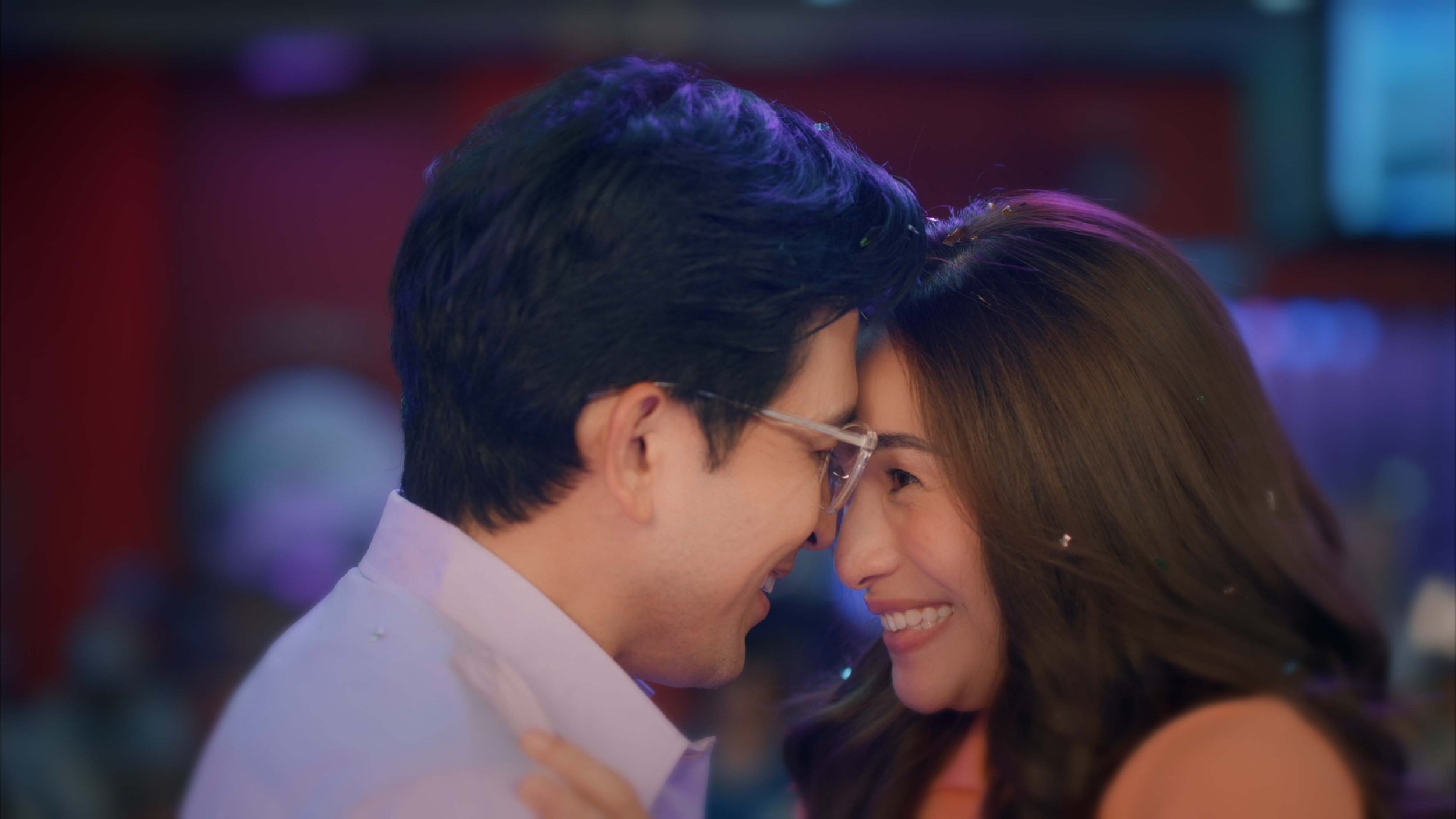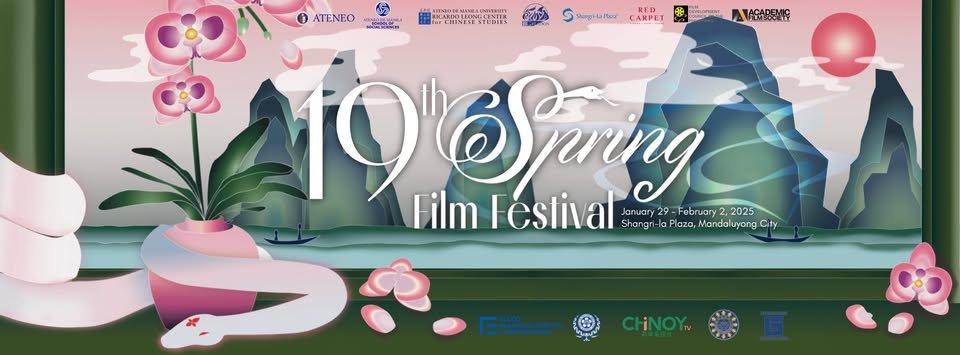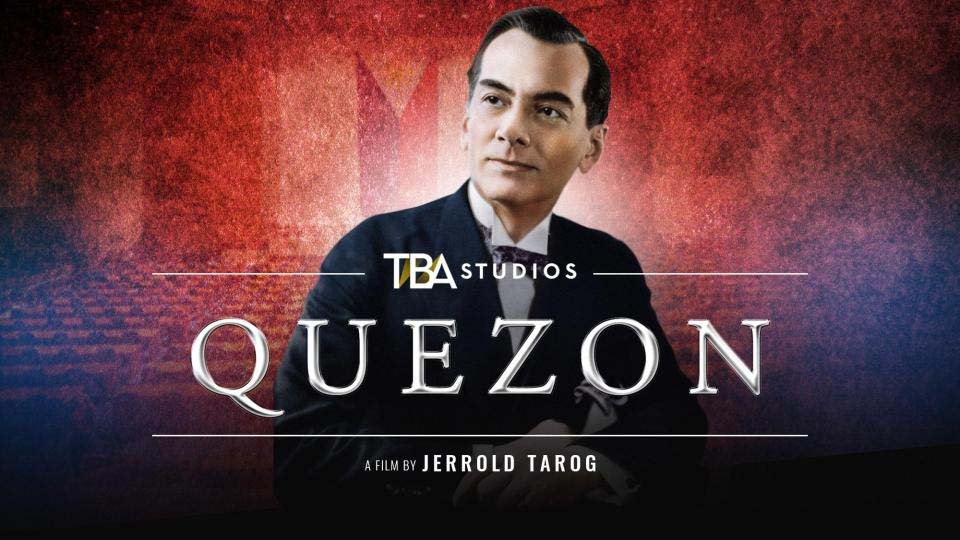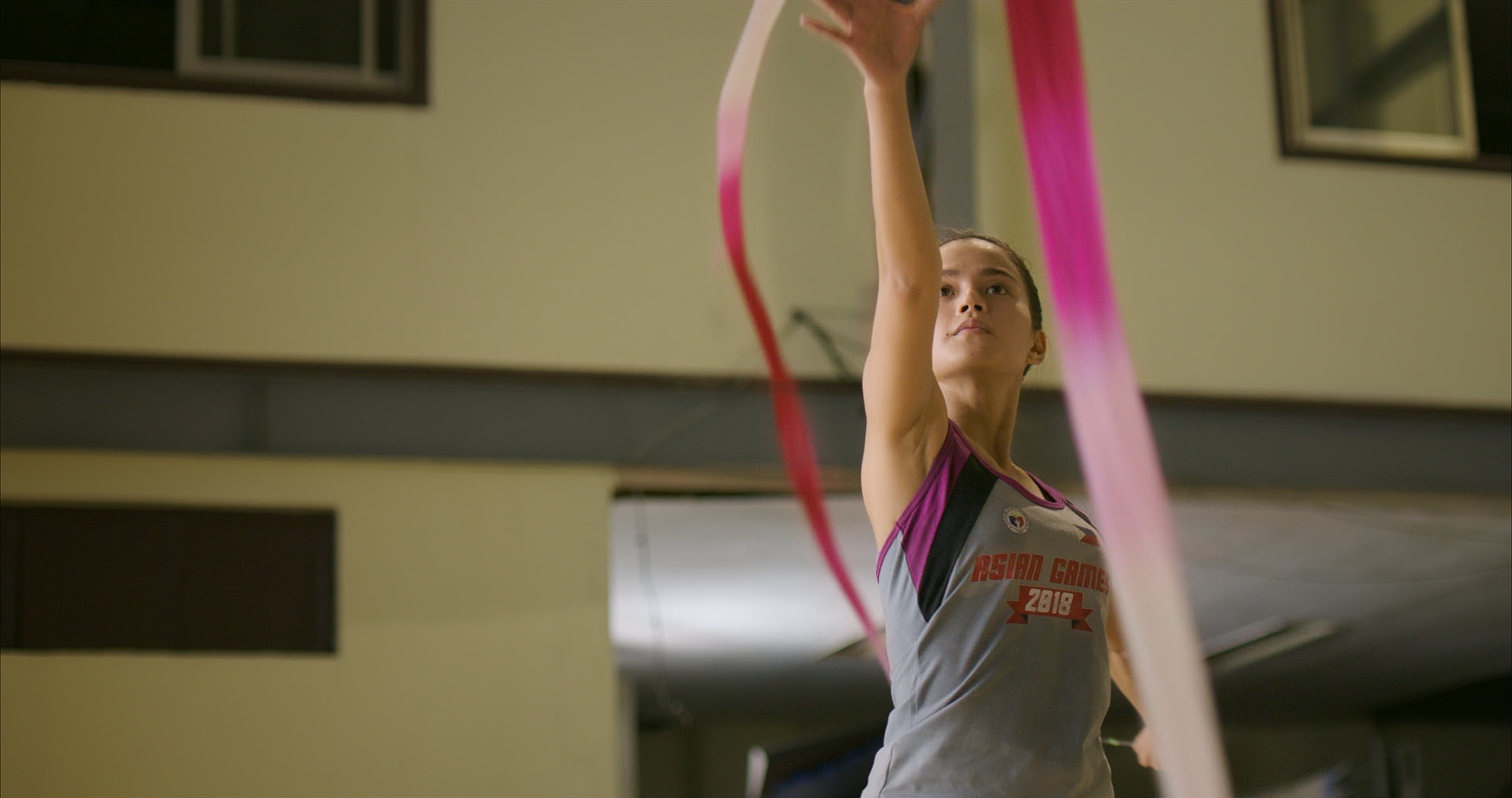PatalaSanlahi 2021 Short Filmmaking Competition: Filmmaking flourishes even during a pandemic
PatalaSanlahi 2021 Short Filmmaking Competition: Filmmaking flourishes even during a pandemic
PatalaSanlahi 2021’s Facebook cover photo.
The pandemic may have halted a lot of events, but that didn’t stop UP Sanlahi Alliance’s PatalaSanlahi 2021 from happening, as the event went virtual for the first time. High schoolers across the country take part in a 3-day virtual competition, where their wits and creativity are tested. With the theme ‘HILOM: Tinig ng Kabataan sa Pandemya, Lakasan!’ students from different regions will contend on quiz shows, poster making, writing, debate, and short filmmaking competitions. I am honored to be one of the judges in the short filmmaking competition, with a theme ‘Life in Quarantine: Disposition of the Filipino Youth,’ and my criticism on 16 competing short films are narrated below.
A shot from Zoom.
The first short film, ‘Zoom,’ showcases the life of a grade twelve student named Nico, as he gets interviewed about his life before and during the pandemic. His current sedentary eat-play-sleep-repeat state is juxtaposed to a much more dynamic way of living, full of impromptu hangouts with his friends. The short utilizes its usage of color and score to enhance the differences in lifestyle, as it portrays a bleak and melodramatic quarantine life, as opposed to a warm and high-spirited pre-pandemic living. The line ‘Pero lagi ko na lang iniisip na sana bukas, maging okay na ang lahat.’ [I’m always thinking that tomorrow, everything will be alright.] hits its audience with a forlorn message about what’s to come in our country.
A shot from Tinapay.
‘Tinapay’ makes use of social media to help the Filipinos in need, as it tells the story of Kholline and how friendships rose from an unexpected exchange of words and bread. The first 25 seconds showed a chilling news clipping montage that gave an effect similar to that of Spike Lee’s and the sequence of events flow smoothly despite the short runtime, fleshing a realistic depiction of fear in the eyes of its characters and an optimistic way where the Filipino youth can help during this pandemic. Even the short’s title ‘Tinapay’ is an anagram for ‘Ipantay,’ ending with a last message saying ‘Ipantay ang karapatan ng bawat mamamayan,’ highlighting the relevance of the short and proving that Filipinos are becoming socially aware of what’s happening.
A shot from Tina pangan.
‘Tina pangan’ depicts two polar opposite characters using a duo, as activist Jenny Lou and police officer Jonel unexpectedly cross paths and learn each other’s secrets. The short’s strong stance on activism and corruption is never lost to its audience, as it effectively portrays its themes in a family setting—making the audience relate from either character. Despite all that, the short focused less on the key themes of the competition, which is connecting quarantine and the Filipino youth, but it doesn’t make the film less commendable and powerful.
A shot from Tanglaw.
‘Tanglaw’ sheds light to the educational hindrances the pandemic has brought to the Filipino youth, using a Reporter’s Notebook style of documentary filmmaking. Three students’ stories are highlighted and while it tackles different problems of online classes—the lack of focus, time, and conducive space when studying—all are the end result of the lack of government funding. The short documentary utilized the short runtime to showcase not one, but three concise stories that are all socially relevant and interviewed not only the students affected, but also the parents and teachers trying to adjust in this online class setting. The smooth transition, partnered with the intricate usage of the score and sublime cinematography, can make the audience feel like it’s done by professionals in the filmmaking industry, and knowing that it’s made by high school students says so much about their true potential.
A shot from Talugading ni Agtutubo.
‘Talugading ni Agtutubo’ paints a picture of the quarantine life in the provinces, as a student struggles and copes with everything going online. The snapshot of the events shows the highs and lows of being stuck inside the four corners of her home and it brought to light the greatest inconvenience and effect of having intermittent speeds during online classes. The actors’ performances tremendously helped in conveying the short film’s core message, and with the level of editing this short exhibited, the idea itself can be transformed into a feature-length film.
A shot from Tahan.
‘Tahan’ portrays a person’s gradual descent to madness, as a student is put into a constant state of anxiety while handling her academics in the middle of a pandemic. The repetitiveness of certain shots with mild alterations worked effectively as it perfectly mirrors the state of every Filipino citizen after consuming the fear-induced news about the virus. The monologue complemented every scene that was shown, and the contrasting usage of colors helped in bringing the optimistic maternal message in the end, as opposed to the gloomy state that the short film started on.
A shot from Piyesa.
‘Piyesa’ highlights the importance of every citizen’s vote in the upcoming election, as a medical technology student opens up to her family. The voter’s spectrum was analyzed as the three main characters depict the three typical Filipino voters—the socially aware, the morally corrupt, and the apolitical. Its core theme was juxtaposed to that of the game of chess and compared the social class to chess pieces. Some shots were very reminiscent of Netflix latest hit ‘The Queen’s Gambit,’ where a woman, just like the short film’s protagonist, challenges a place dominated by men.
A shot from Parallel.
‘Parallel’ tackles two different social groups amidst the pandemic, as a well-off student’s life is placed side by side to a disadvantaged one. The comparison was done in a subtle yet effective way, especially during the scene where the privileged mindlessly spends her money while the underprivileged mindfully spends his. The bleak cinematography implied the seriousness of the subject matter and the last shot was like the cherry on top in cementing its main message that, while everyone faces different challenges, everyone wishes for the pandemic to be over.
A shot from Paglaum.
‘Paglaum’ tells a heartfelt tale of a high school student who had to stop due to the pandemic. The sincerity of the narrative was felt in both the student’s voice and the shots accompanying the short film, as he tells his story and the struggles he’s experiencing. The short can make the audience feel the immense privilege that they have, especially if they are students who can continue studying despite the turmoil happening around them.
A shot from Lente.
‘Lente’ surprises its audience by subverting our expectations, as it showcases the life of a quarantine vlogger. Every scene is very reminiscent of the events that trended in the start of the quarantine; from dalgona coffee to online shopping haul, every shot was placed to push nostalgia that connects to most, if not all, audiences. The twist near the end is shocking, to say the least, and the themes of social awareness and self-confidence were tackled greatly despite the short runtime.
A shot from Lapis.
‘Lapis’ utilizes multiple film mediums, as it portrays a student who found her crush in a Zoom class. The use of animation to show the protagonist’s fantasies is brilliant, considering the quarantine restrictions in this country, and the idea itself displays how inspiration comes from the simplest of things.
A shot from Lampara.
‘Lampara’ exhibited the challenges of living alone through a heart-wrenching story of a high school student failing to make ends meet in both academics and life. The gradual descent to chaos perfectly encapsulated the difficulty of a solo life and how detrimental it is to lose the light of the home—our mothers. Just as the rain fell that we see a man crumbling down, hopelessness can be seen in his eyes; one of the most heartbreaking endings in the short filmmaking competition.
A shot from Kahungkagan.
‘Kahungkagan’ gives a new definition to our modern day heroes—the Filipino youth. The short film proved that the teens of today are not only fixated on TikTok or mobile games; they do that and more, as the lead characters research and protest against everything wrong in this country. The portrayal of the youth as heroes and the police force as villains perfectly mirrors real life in the Philippine setting. The short emphasized Jose Rizal’s statement and that the youth really is the hope of our country.
A shot from Callè.
‘Callè’ summarized every bad habit the youth may have caught on or have gotten worse since the quarantine started. The obsession on social media and mobile games were emphasized in the short, but the optimistic outlook in the end, along with the stunning shots and compelling monologue, made it seem like it’s not too late to change.
A shot from Ambisyosa.
‘Ambisyosa’ put our aspirations in life on screen as it showcases the dream of a typical female high school student—the life of glamour and success. The use of Yeng Constantino’s song ‘Time In’ is a perfect fit to the principal’s character’s fantasies. But real life is not the same as what we envision it to be and the film didn’t forget to remind us that in the end.
A shot from Mukha ng Pandemya.
Lastly, ‘Mukha ng Pandemya,’ just like ‘Tanglaw,’ is a documentary short film that tells the story of three students who handle the pandemic differently. Despite finding the online class setting difficult, the students find ways to make it work for themselves and their resiliency is rooted from something that keeps them alive, whether it be their faith, their friends, or their family—an inspiration for the Filipino youth to keep moving forward.
Despite tackling different perspectives, every single short film managed to execute and express their main goal, given the time and logistical restraints. My personal favorites are ‘Tanglaw,’ ‘Tinapay,’ and ‘Parallel,’ but all of them are great on their own. It really shows how much potential these high school students have and who knows, maybe we’ll see some of them in the filmmaking industry in the near future.


































